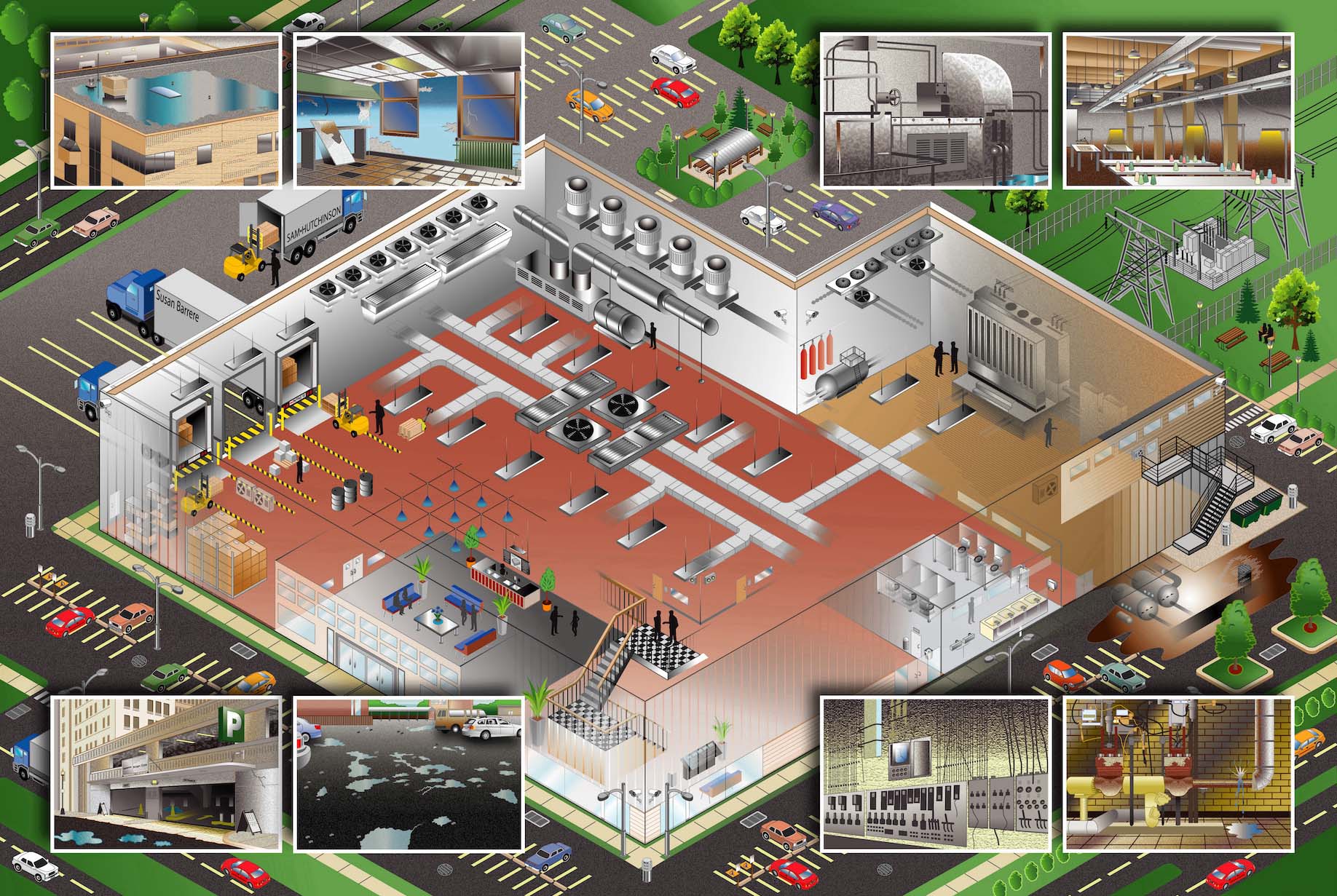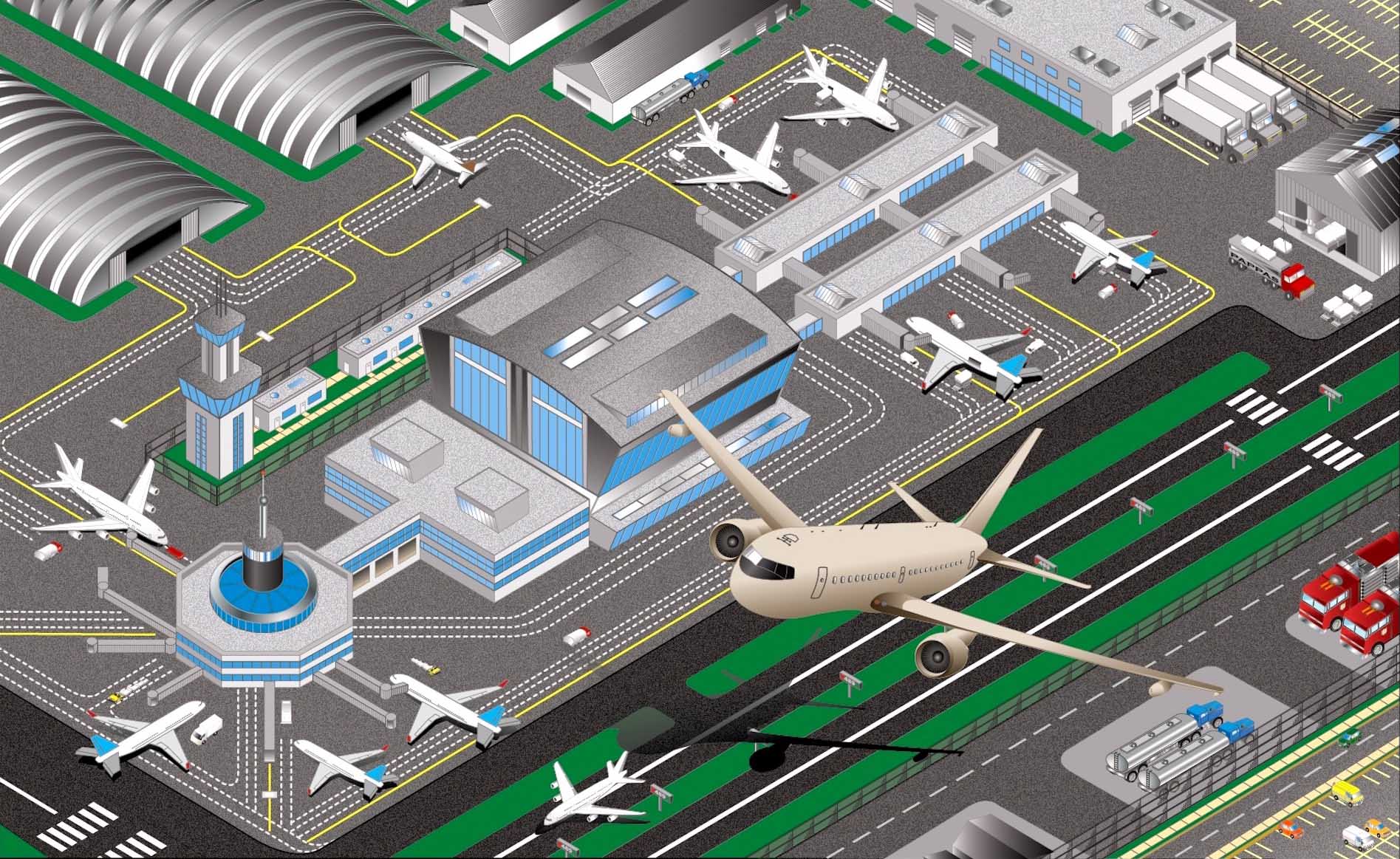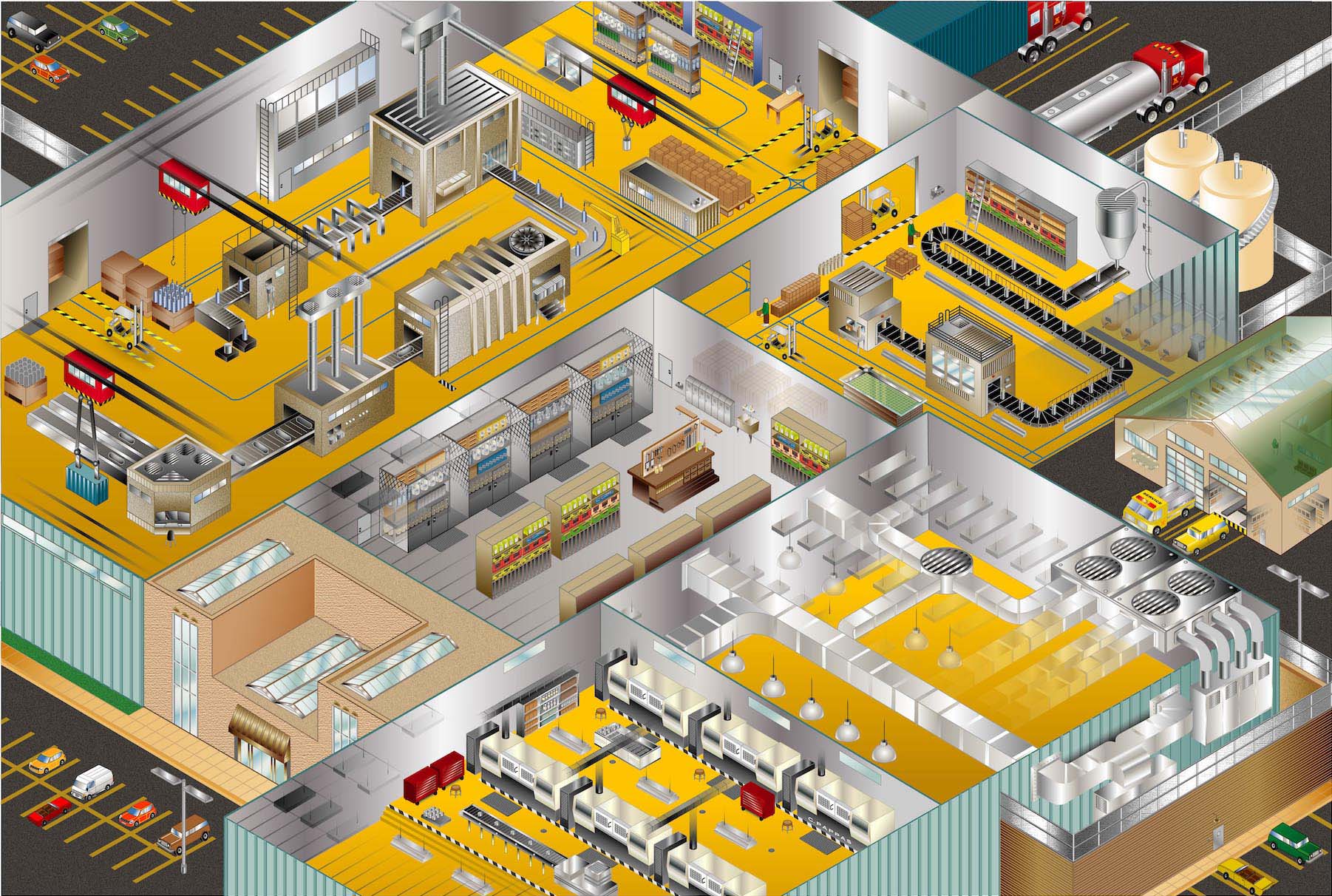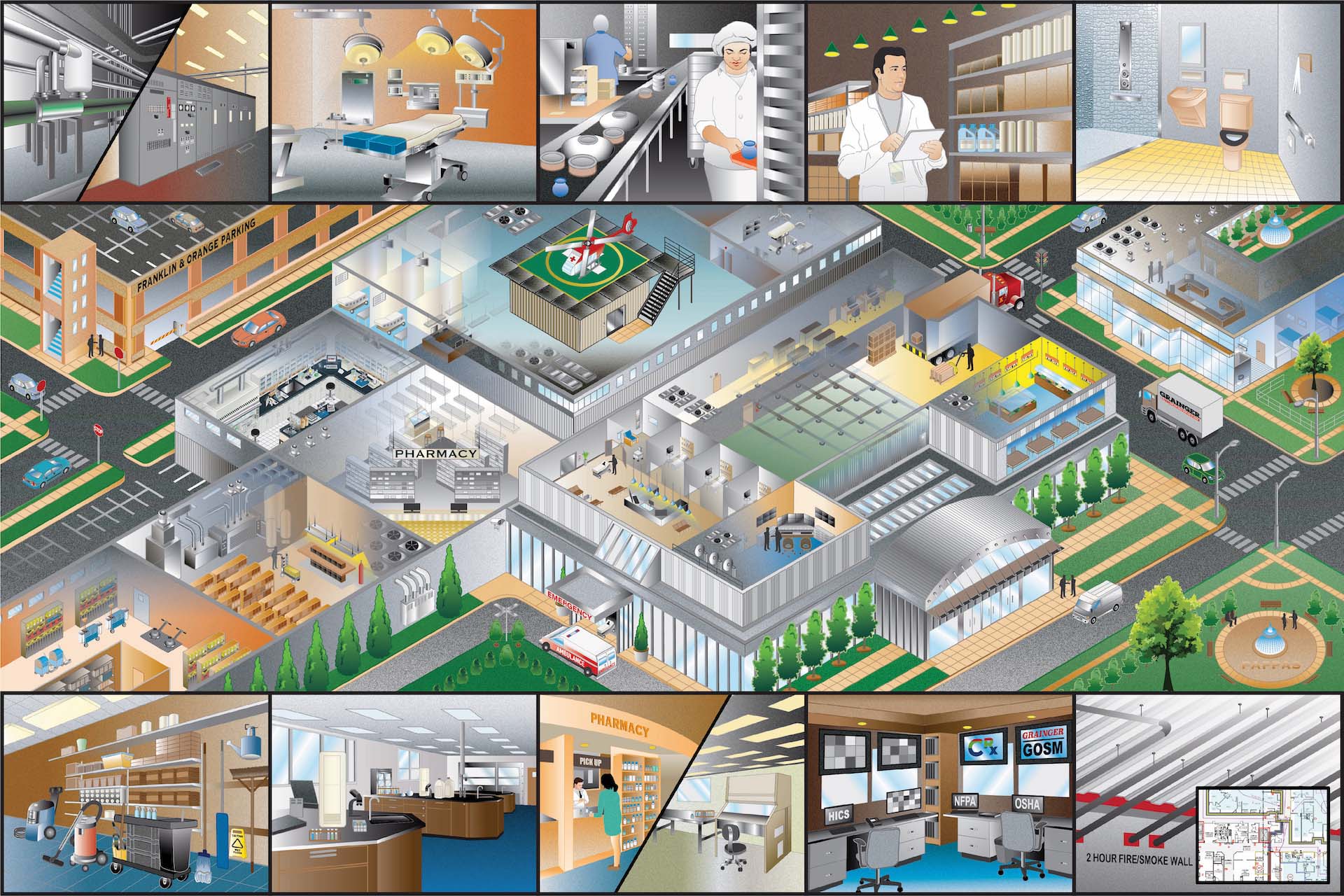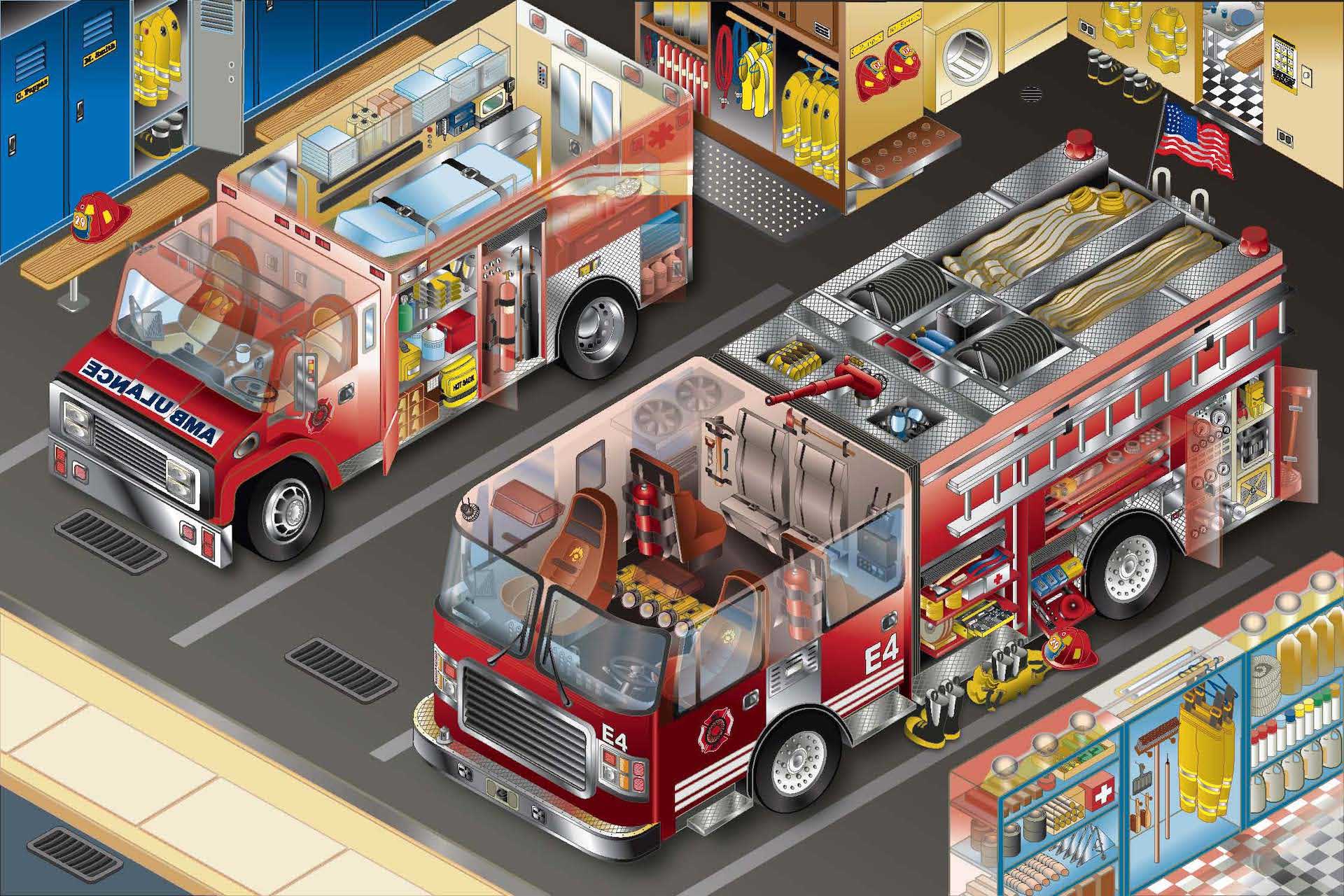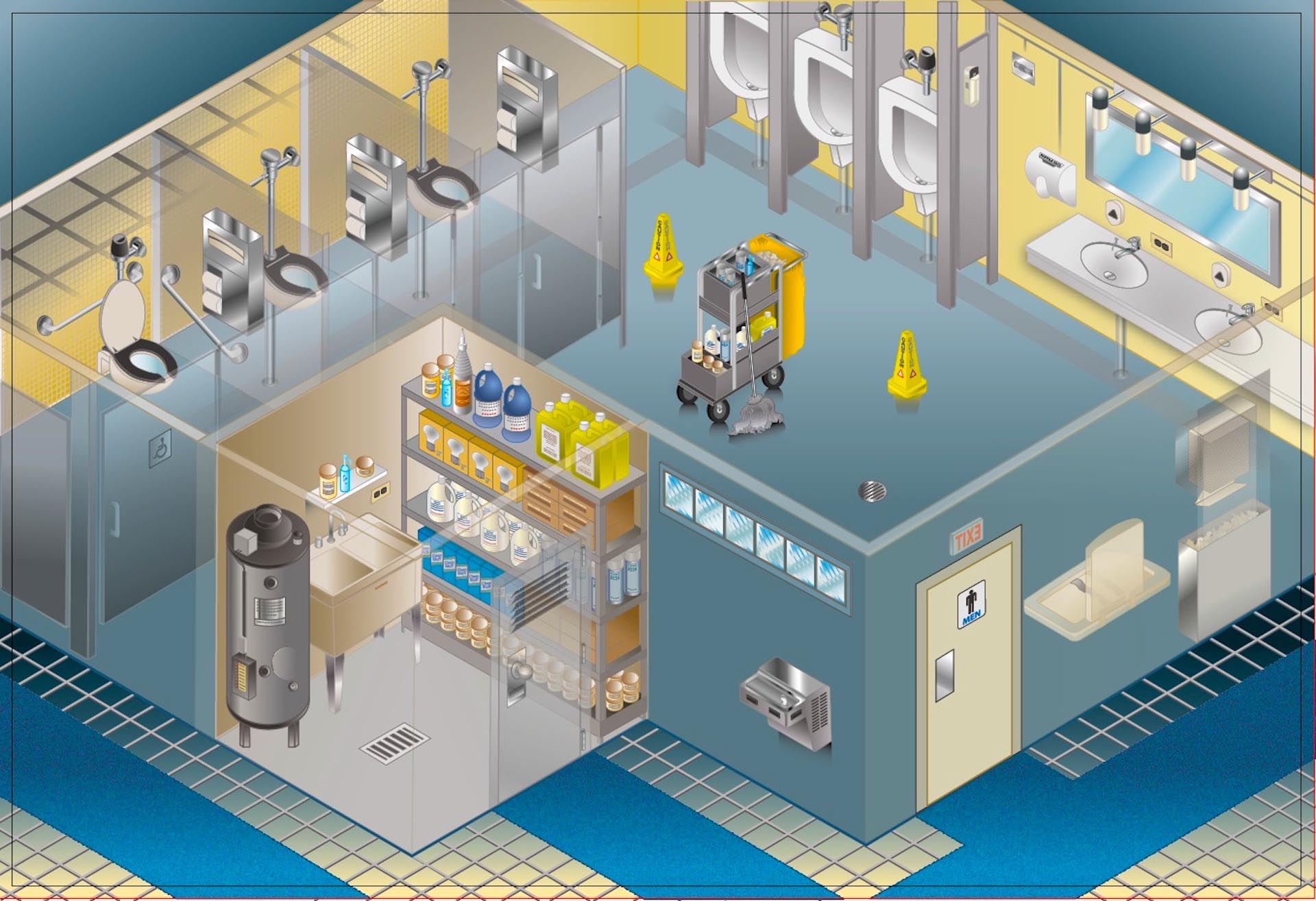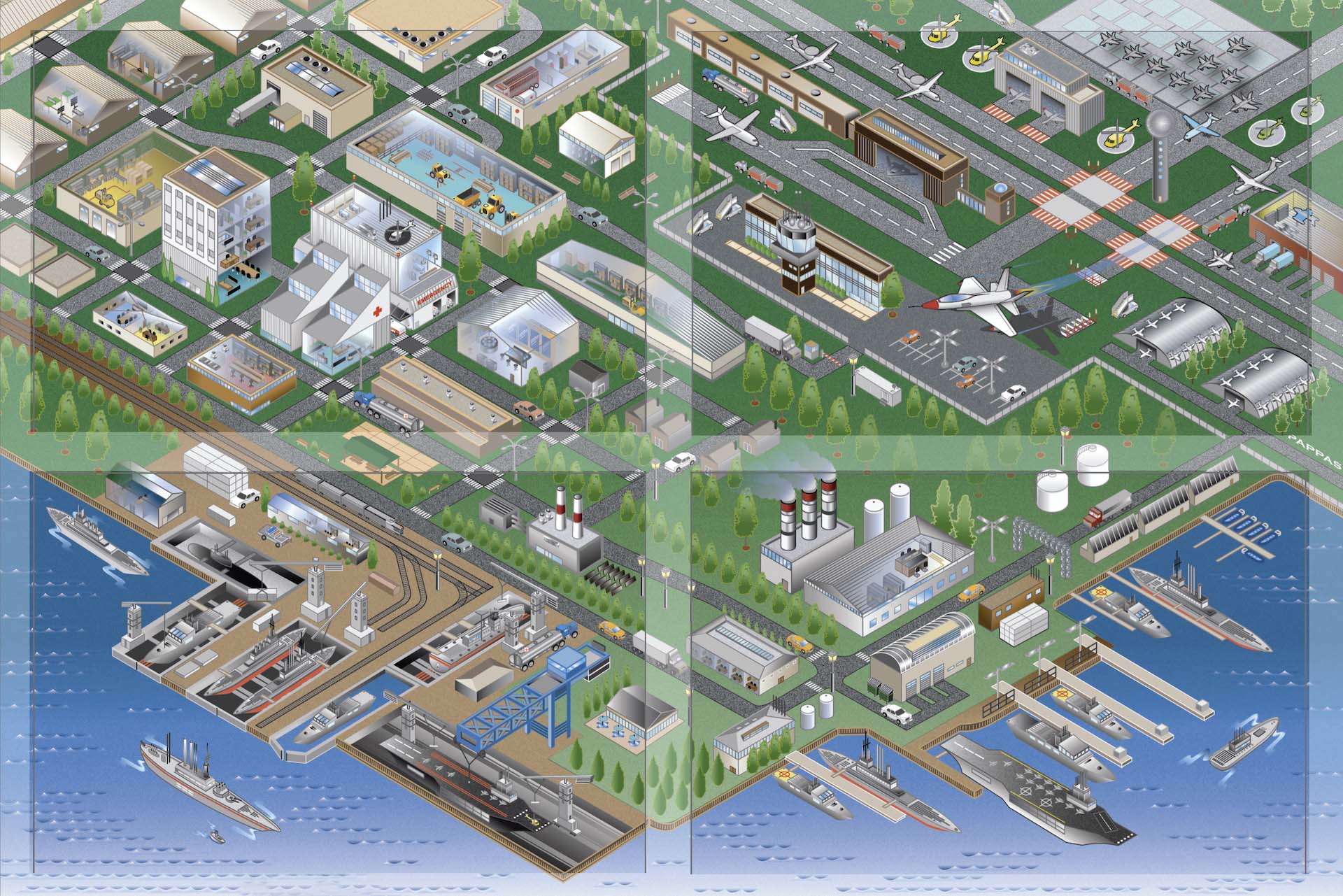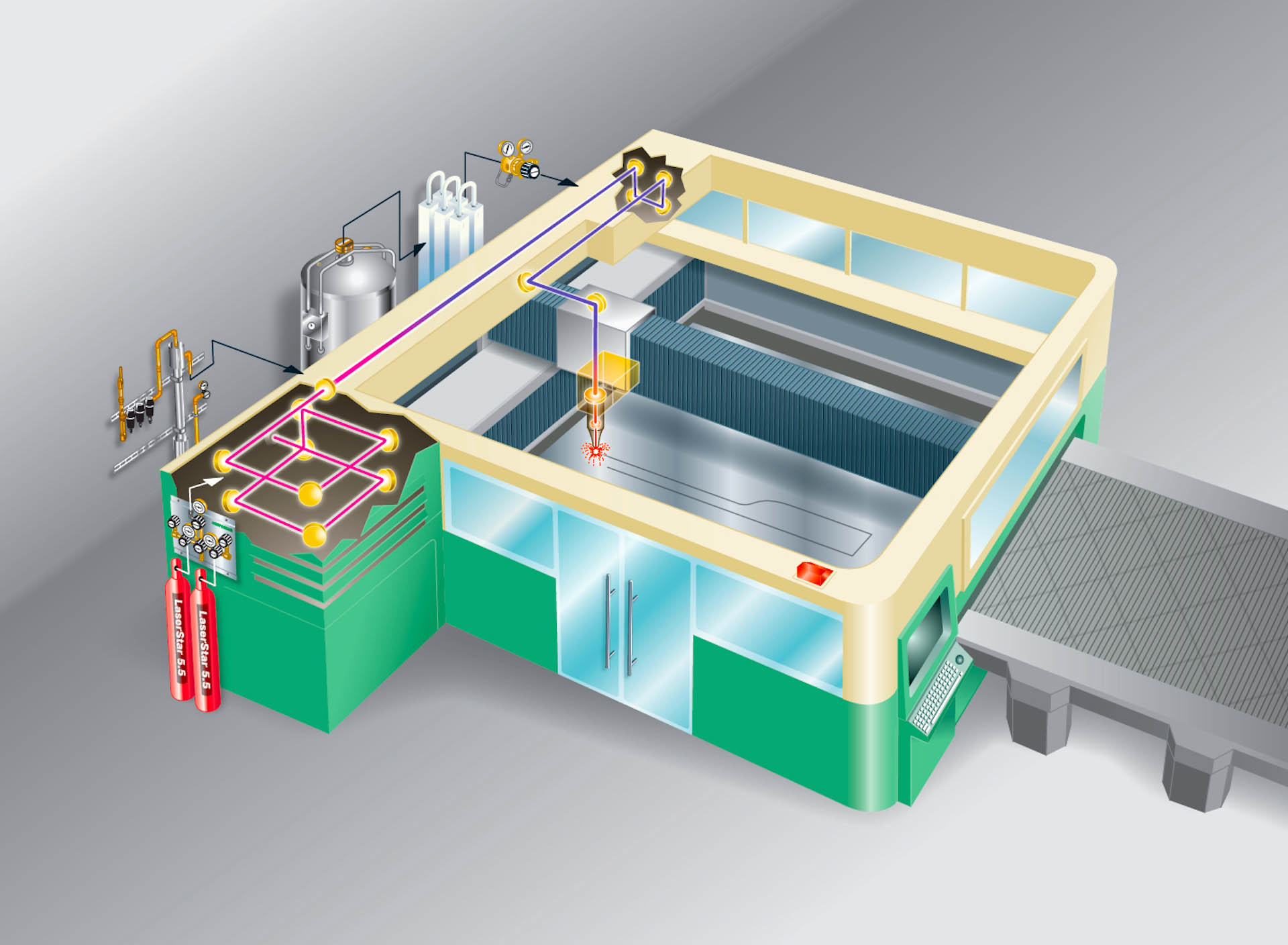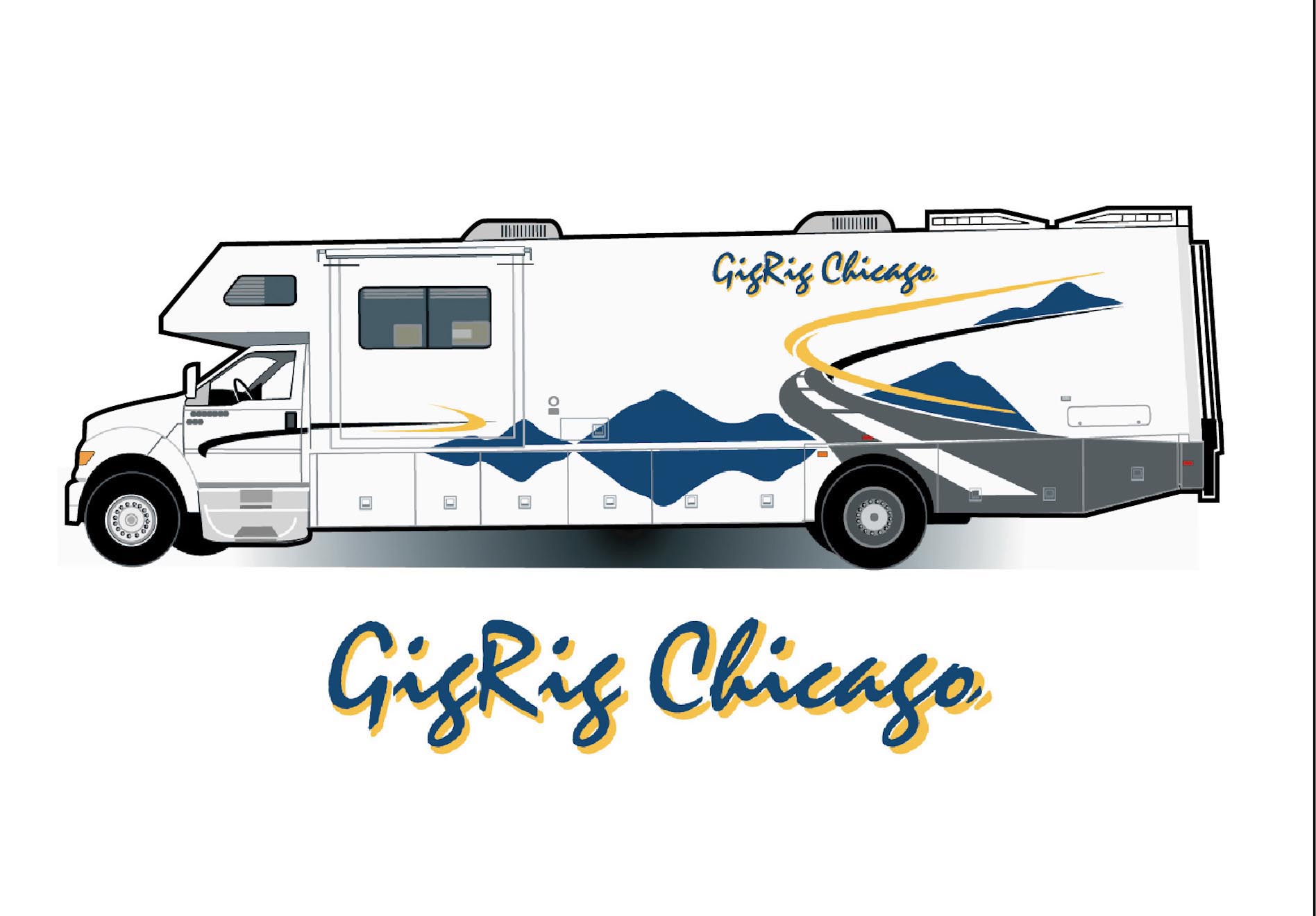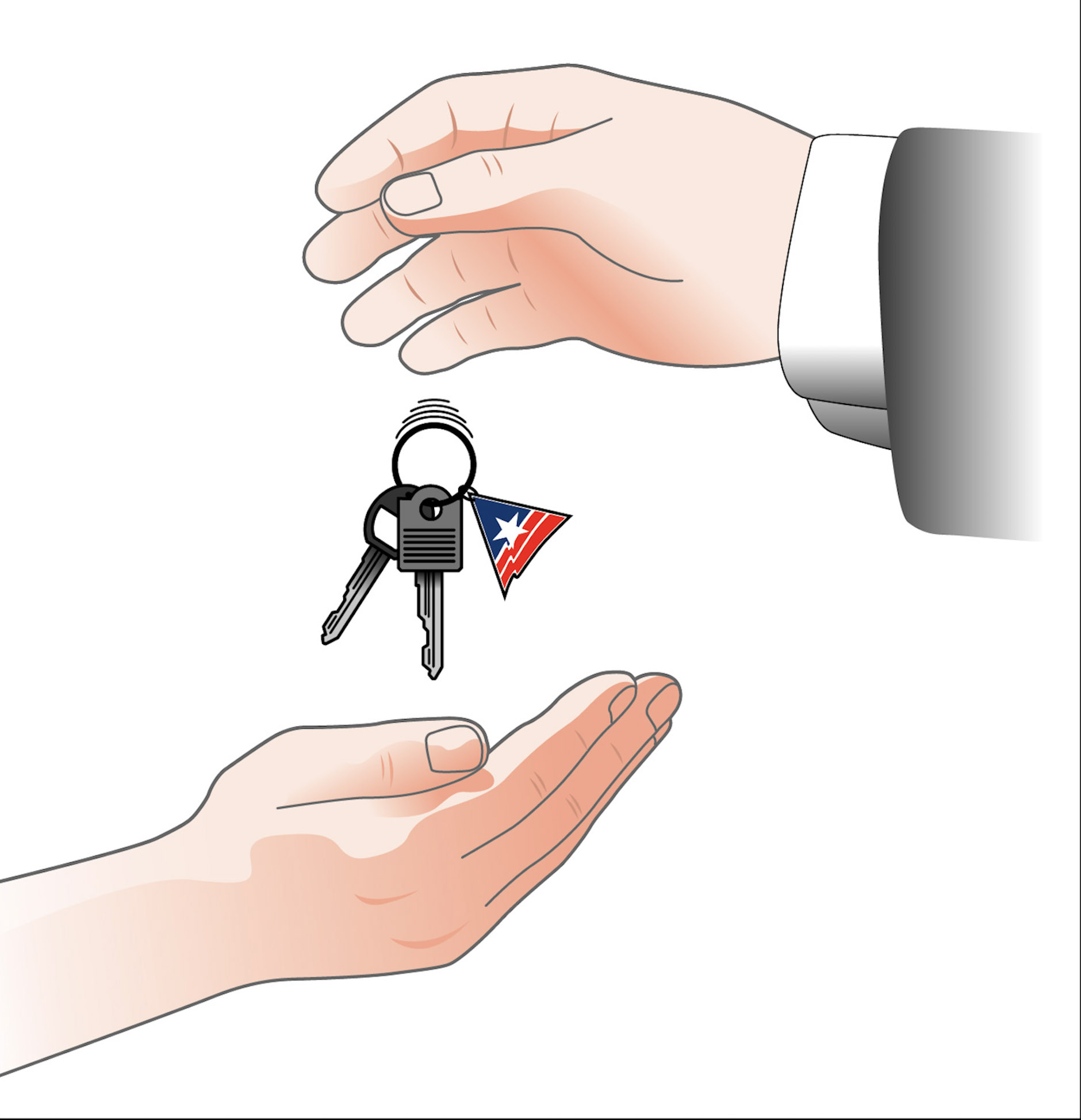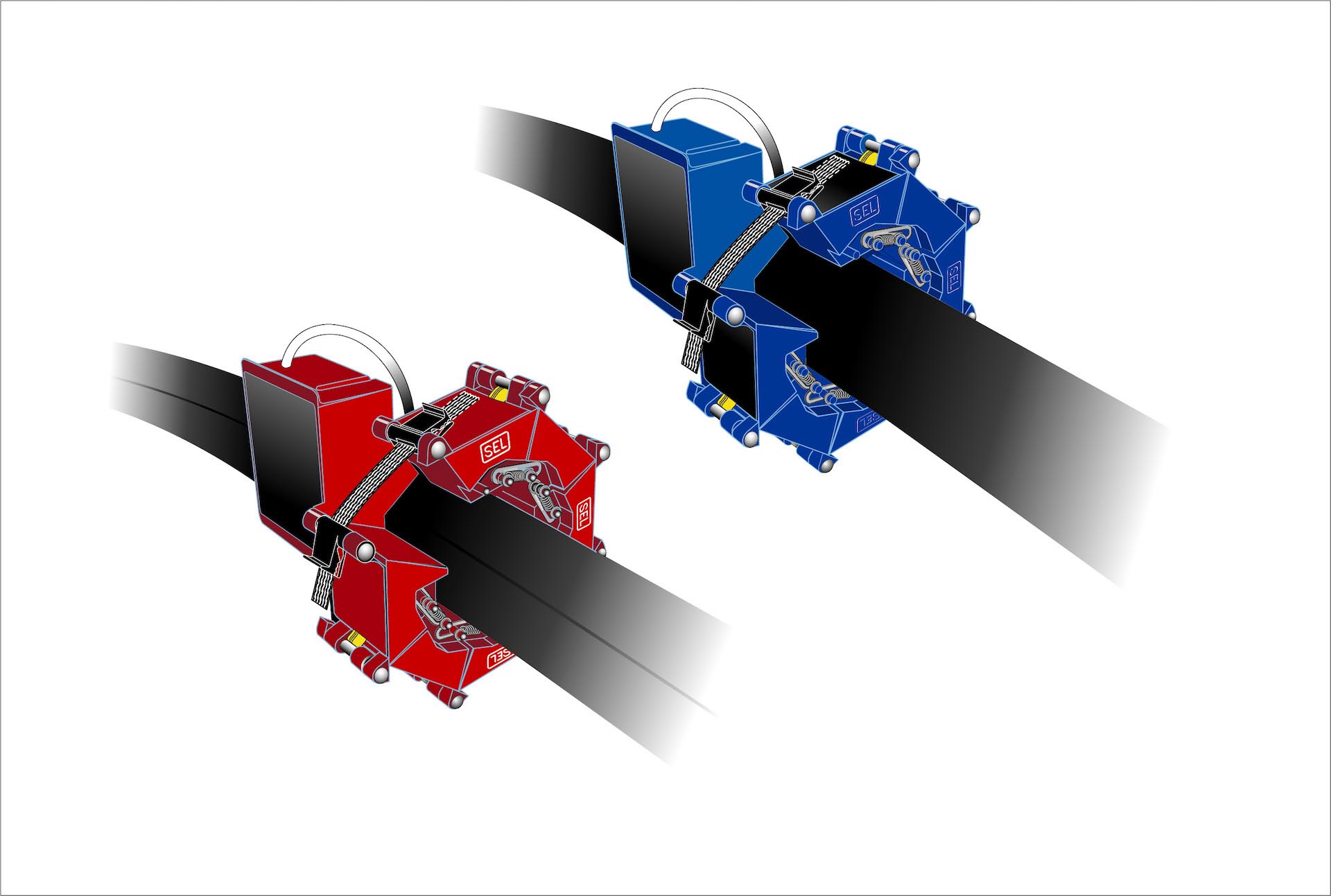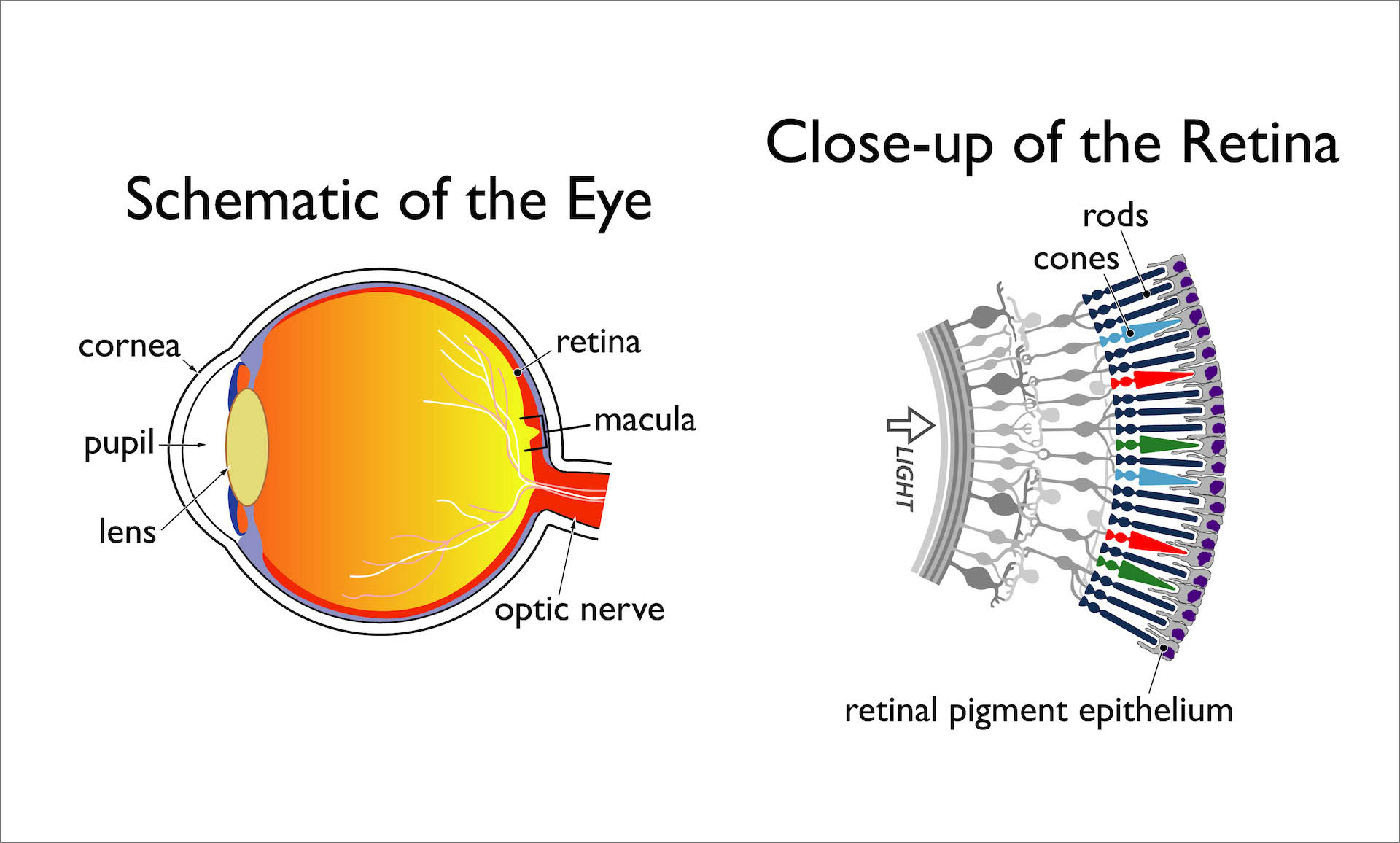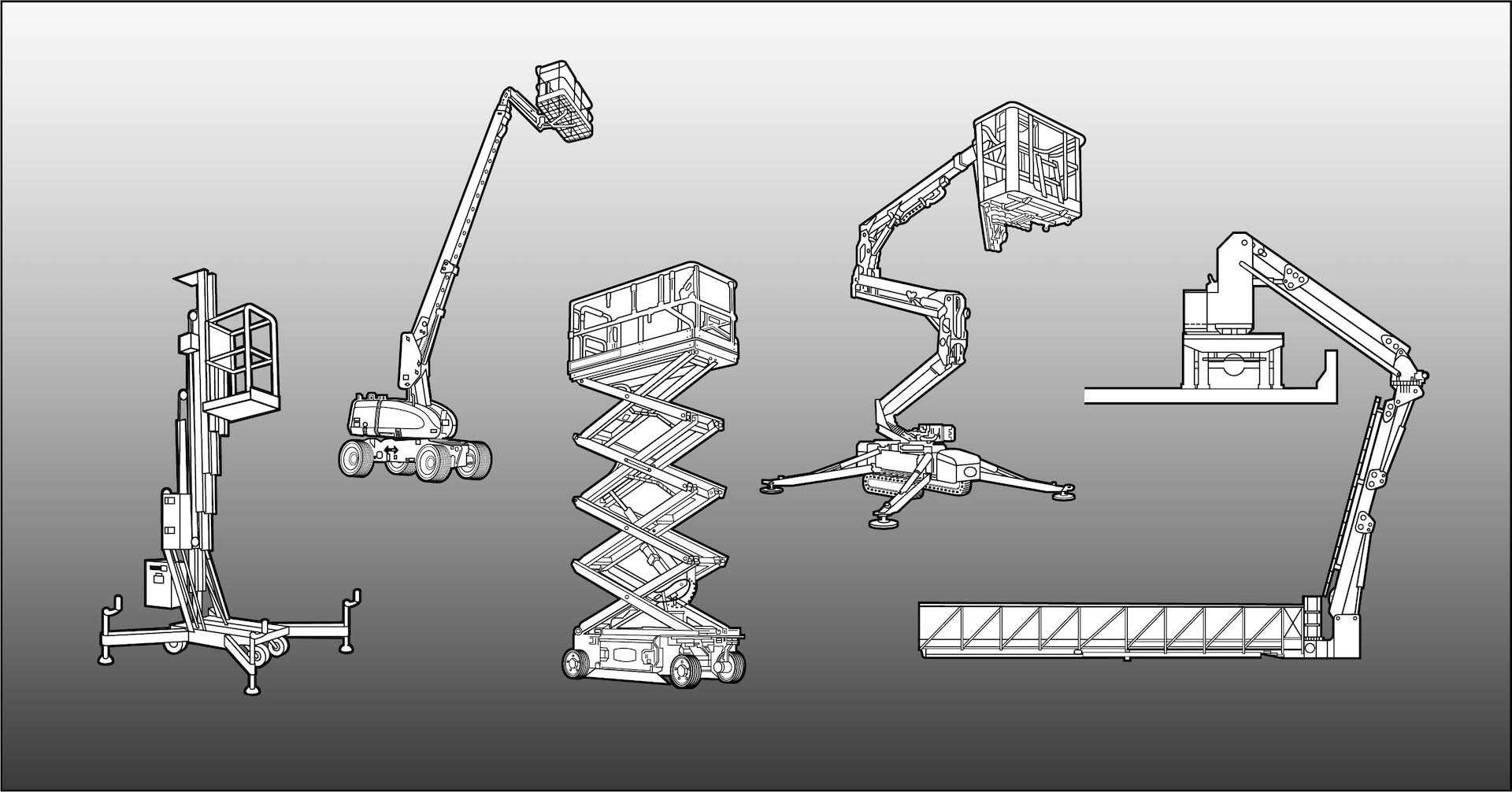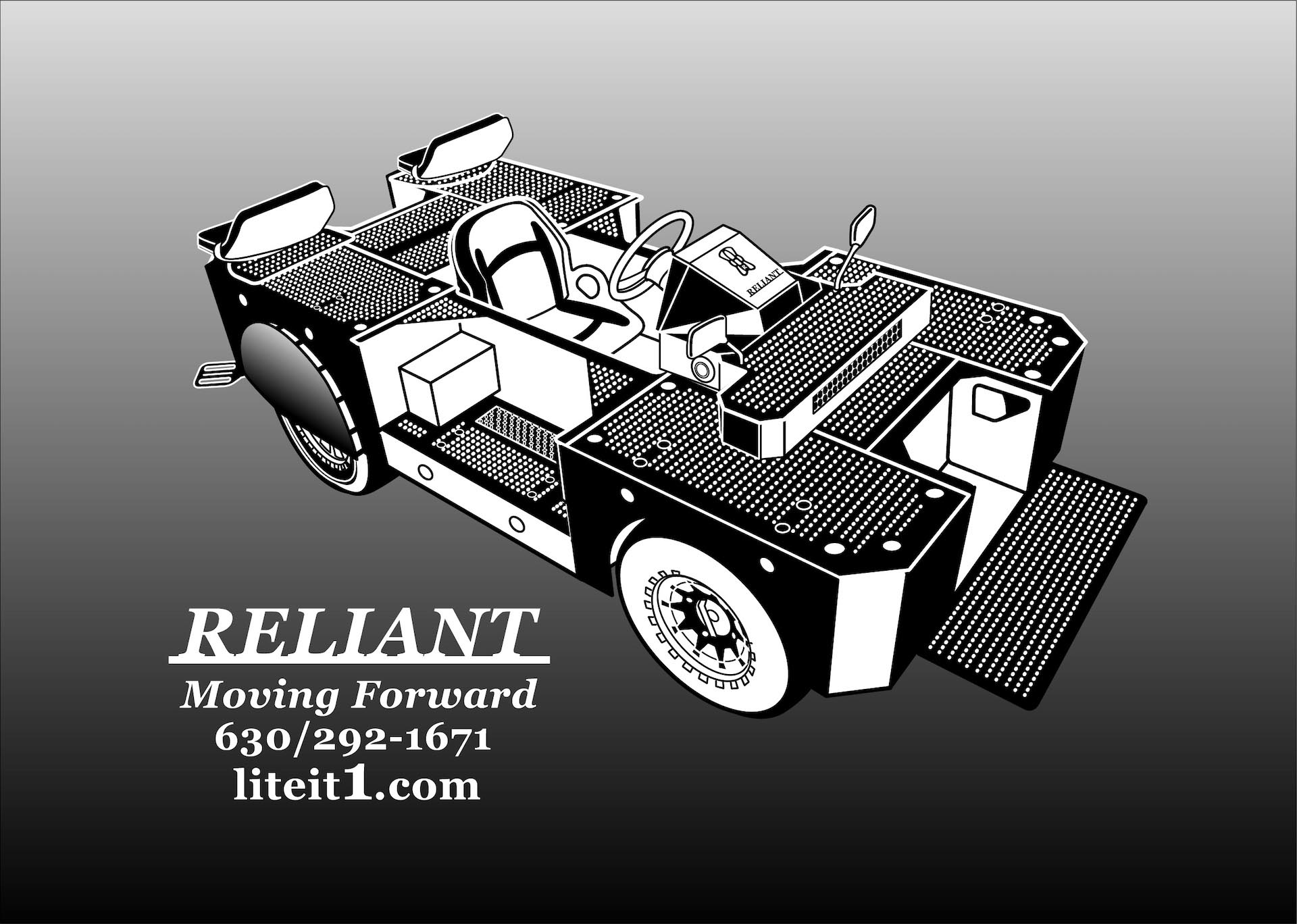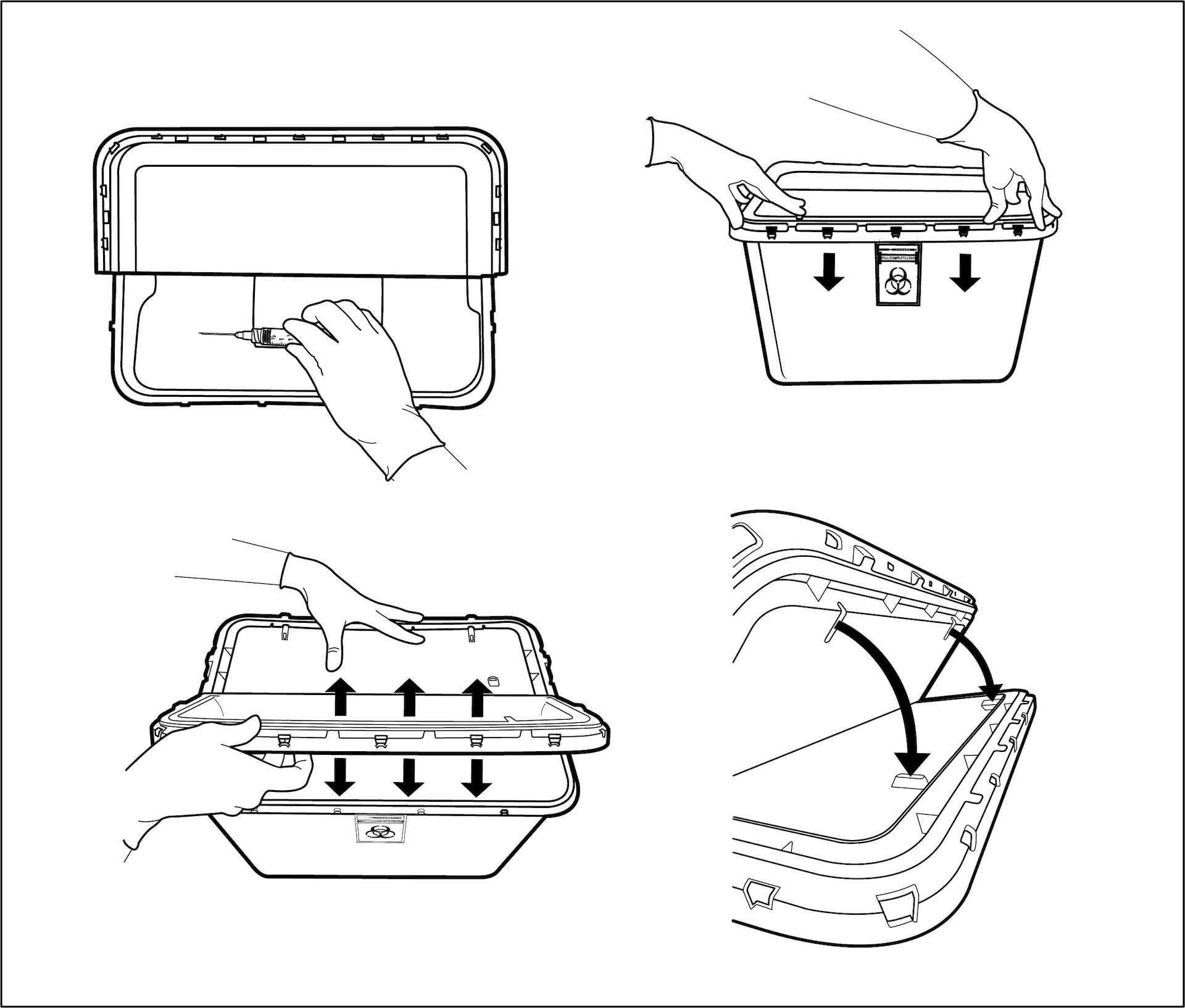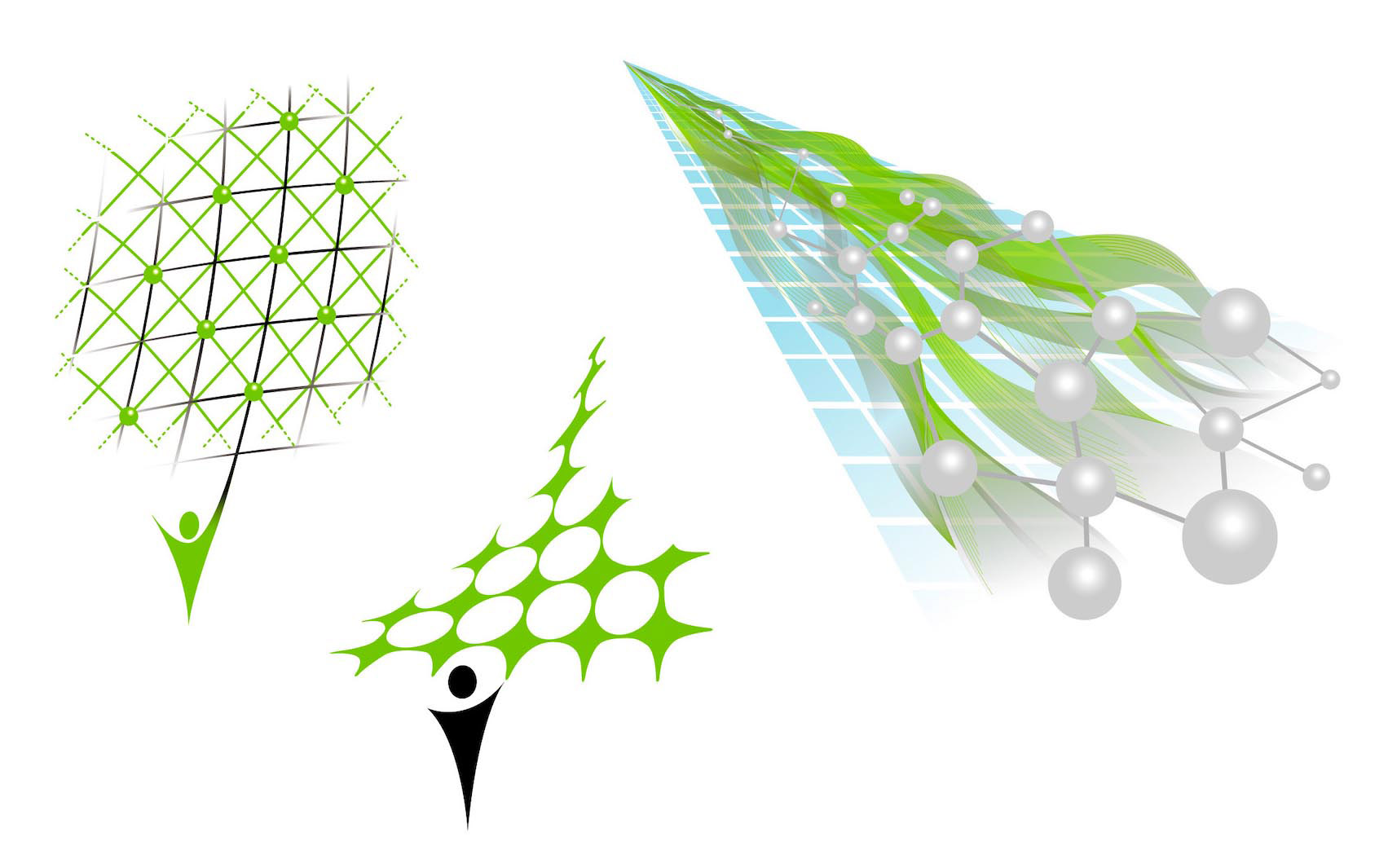
Digital Illustration
A Chicago area native, I currently work from my studio in Clayton, North Carolina.
“My style of illustration has always been clean, and easy to read. This is very helpful in instructional manuals, product images, or any type of visual aid”.
Here are some samples of my most popular services:
Instructional Illustration, Isometric Illustration, Illustrations for products and food, logo and brand development, and Pencil Comps for baseline illustrations.
• ATTENTION ART DIRECTORS AND ART BUYERS •
If you are interested in commissioning me for a project, please call me directly at: 630.579.0272
Digital Illustration Services
Logo Design
Logo design is an important area of graphic design, and one of the most difficult to perfect. The logo (ideogram) is the image embodying an organization. Because logos are meant to represent companies’ brands or corporate identities and foster their immediate customer recognition, it is counterproductive to frequently redesign logos.
A company that use logotypes (word-marks) may desire a logo that matches the firm’s Internet address. For short logotypes consisting of two or three characters, multiple companies are found to employ the same letters.
Medical Illustration
The professional objectives of the AMI are to promote the study and advancement of medical illustration and allied fields of visual communication, and to promote understanding and cooperation with the medical profession and related health science professions.
The obvious abilities necessary are to be able to visualize the subject-matter, some degree of originality in style of drawing and the refined skill of color discrimination.
Medical illustrators create medical illustrations using traditional and digital techniques which can appear in medical textbooks, medical advertisements, professional journals, instructional videotapes and films, animations, web-based media, computer-assisted learning programs, exhibits, lecture presentations, general magazines and television. Although much medical illustration is designed for print or presentation media, medical illustrators also work in three dimensions, creating anatomical teaching models, patient simulators, and facial prosthetics.
Product Illustration
A Better Approach to Product Illustration
Combining the best of CGI, CSC Digital Graphics creates the most photorealistic product illustrations, matching any traditional photography at competitive cost. Moreover, we offer the flexibility of digital technology to modify output setting to magnify the appeal of any product. Digital technology can create a seamless 360 degree display for websites to reach worldwide audience. The flexibility, technology, and cost, we believe digital Product Illustration is the future.
Please click on the images to the right to view samples of our work. We create product illustrations for print and web display. For more information or for samples that are more relevant to YOUR industry, please contact us.
Instructional Illustration
Instructional Illustration is a large part of what I do for Ad Agencies, and Corporations across the country. My Clean, and Concise Style of Rendering, translates well into Instructional Projects. I try to make things as easy as possible to read and understand, through my Instructional Illustrations. Much of my formal education was based around my degree in Visual Communications.
Instructional Illustration is the use of illustration to visually communicate information of a technical nature. Technical illustrations can be components of technical drawings or diagrams. Technical illustrations in general aim “to generate expressive images that effectively convey certain information via the visual channel to the human observer”.
Instructional Illustrations generally have to describe and explain the subjects to a nontechnical audience. Therefore the visual image should be accurate in terms of dimensions and proportions, and should provide “an overall impression of what an object is or does, to enhance the viewer’s interest and understanding”.
Isometric Illustration
Isometric Illustrations are created by gathering my own photo references, and client supplied references to create a visually attractive piece for brochures and web. Purpose being, to visually display products in an attractive, and useful way, reaching out to different markets, and displaying as many of their products as possible, while making the piece attractive to buyers.
The term “isometric” comes from the Greek for “equal measure”, reflecting that the scale along each axis of the projection is the same (unlike some other forms of graphical projection). The term “isometric” is often mistakenly used to refer to axonometric projections in general.
An isometric view of an object can be obtained by choosing the viewing direction in a way that the angles between the projection of the x, y, and z axes are all the same, or 120°. For example when taking a cube, this is done by first looking straight towards one face. Next the cube is rotated ±45° about the vertical axis, followed by a rotation of approximately ±35.264° (precisely arcsin(tan 30°) or arctan(sin 45°) ) about the horizontal axis. Note that with the cube (see image) the perimeter of the 2D drawing is a perfect regular hexagon: all the black lines are of equal length and all the cube’s faces are the same area. There is isometric paper that can be placed under your normal piece of drawing paper as an aid.
In a similar way an isometric view can be obtained for example in a 3D scene editor. Starting with the camera aligned parallel to the floor and aligned to the coordinate axes, it is first rotated downwards around the horizontal axis by about 35.264° as above, and then rotated ±45° around the vertical axis.
Another way in which isometric projection can be visualized is by considering a view within a cubical room starting in an upper corner and looking towards the opposite, lower corner. The x-axis extends diagonally down and right, the y-axis extends diagonally down and left, and the z-axis is straight up. Depth is also shown by height on the image. Lines drawn along the axes are at 120° to one another.
With all that said, it’s just a nice way to lay out certain pieces in a visually pleasing composition

